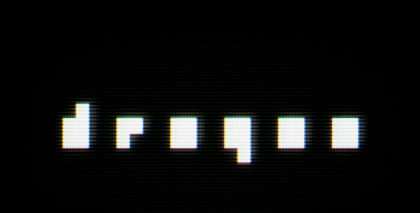The thing that is enjoyable about a 'Horizon Break' is identical to the pleasure of resolving a problem in the above sense.
A horizon break is this process:
1. A person holds an existing idea of how the world works.
2. Something (we can call it a 'trick') is presented that conflicts with that existing idea.
A game might do this in order to propel this very important desirable outcome:
3. The person seeks (and finds?) a new explanation that does not have the conflict.
This is what Horizon Break is. I think it is possible to simplify and say that a horizon break is 'subversion!' or a 'surprise!' but I think, even inexpertly imagined and conveyed as it was nine years ago, that the heart of breaking the horizon comes from a strong belief in understanding reality. There is a domain which represents your total understanding of the game, your best fallible explanation -- with the information you are given, you nonetheless develop a model and forge ahead. Then, something comes which 'breaks' the horizon, i.e. which conflicts with your explanation. Defining the horizon ahead of time was a mistake. The horizon does not really have any meaning until it is broken. After this breakage occurs, this problem, you must still believe in understanding reality enough to try and develop a new theory despite the conflict.
There are many games which do not attempt to simulate or present a coherent sort of reality that is worth believing in in the first place, let alone through the beautiful horizon break process.
Quote from: Breaking the HorizonBreaking the Horizon is when a player's comprehension of a game is expanded so much that his or her previous understanding has been SHATTERED.
A horizon break is this process:
1. A person holds an existing idea of how the world works.
2. Something (we can call it a 'trick') is presented that conflicts with that existing idea.
A game might do this in order to propel this very important desirable outcome:
3. The person seeks (and finds?) a new explanation that does not have the conflict.
This is what Horizon Break is. I think it is possible to simplify and say that a horizon break is 'subversion!' or a 'surprise!' but I think, even inexpertly imagined and conveyed as it was nine years ago, that the heart of breaking the horizon comes from a strong belief in understanding reality. There is a domain which represents your total understanding of the game, your best fallible explanation -- with the information you are given, you nonetheless develop a model and forge ahead. Then, something comes which 'breaks' the horizon, i.e. which conflicts with your explanation. Defining the horizon ahead of time was a mistake. The horizon does not really have any meaning until it is broken. After this breakage occurs, this problem, you must still believe in understanding reality enough to try and develop a new theory despite the conflict.
There are many games which do not attempt to simulate or present a coherent sort of reality that is worth believing in in the first place, let alone through the beautiful horizon break process.
